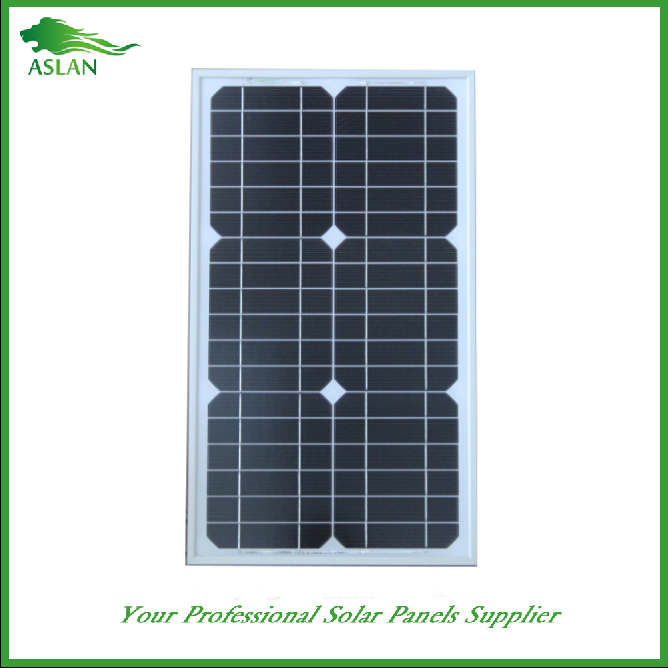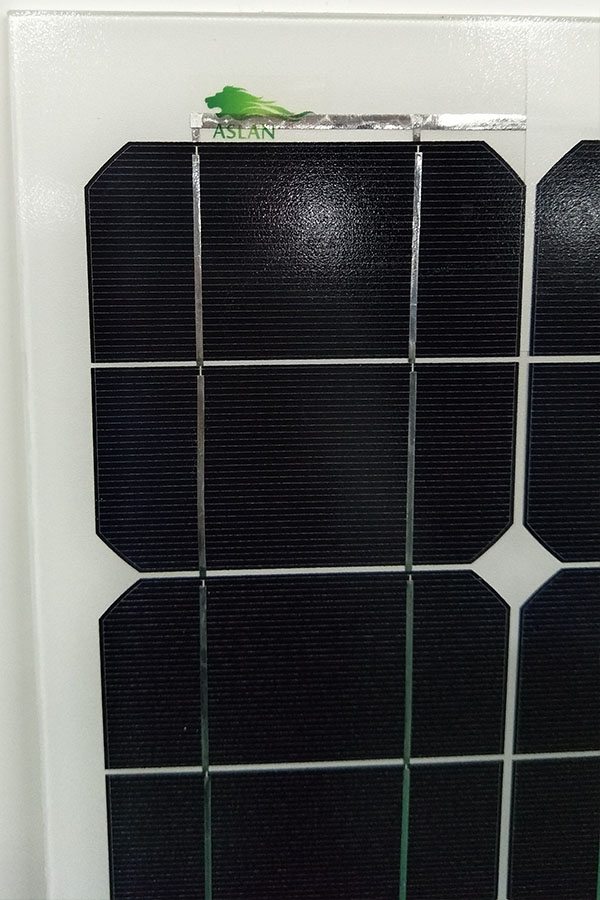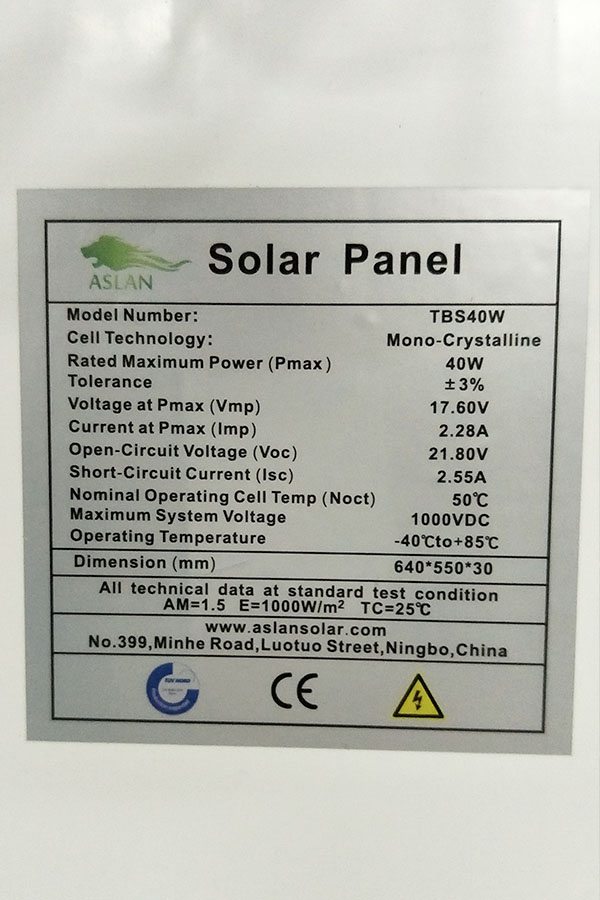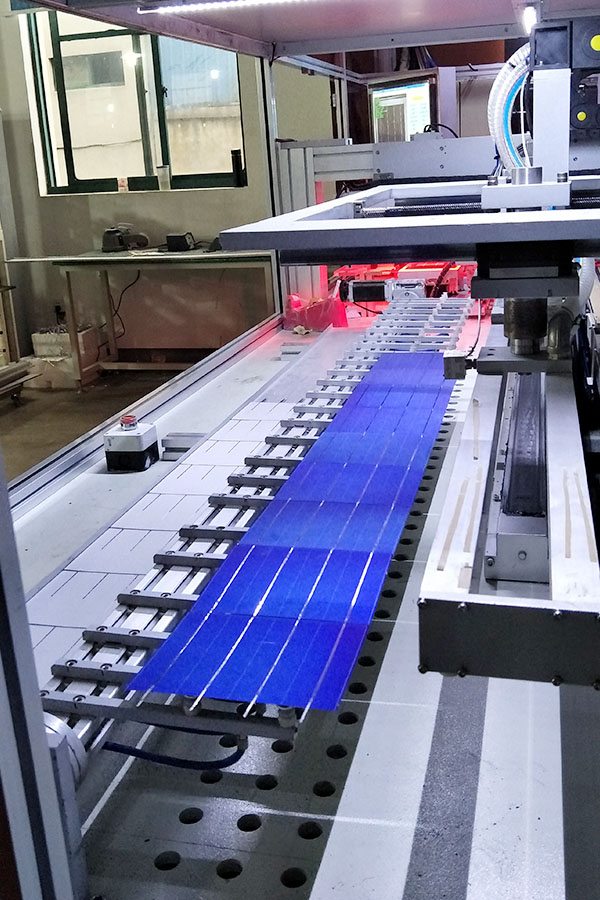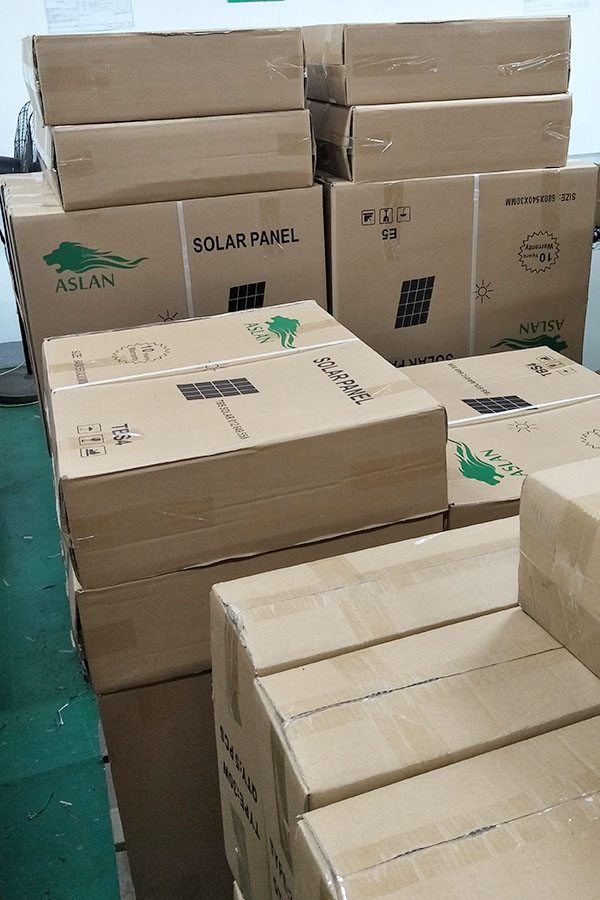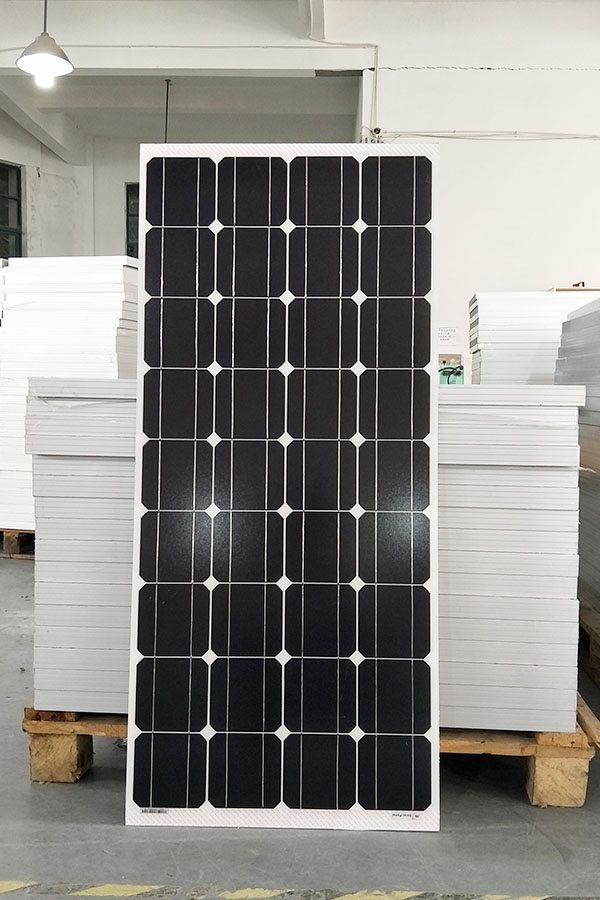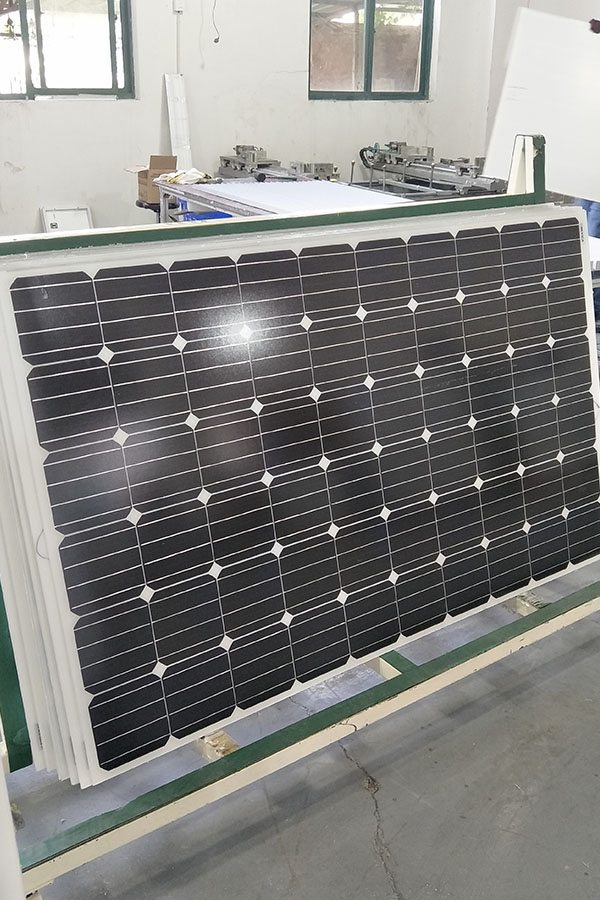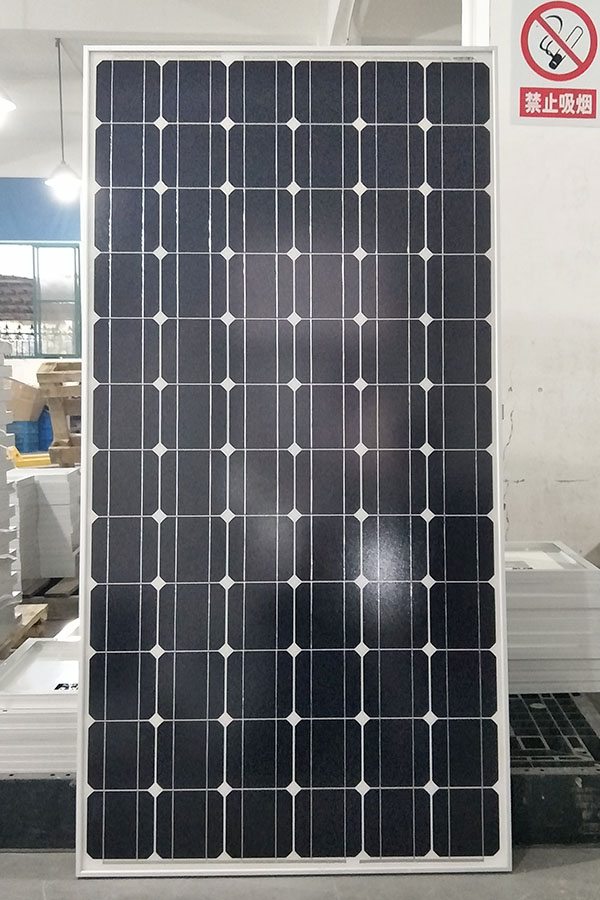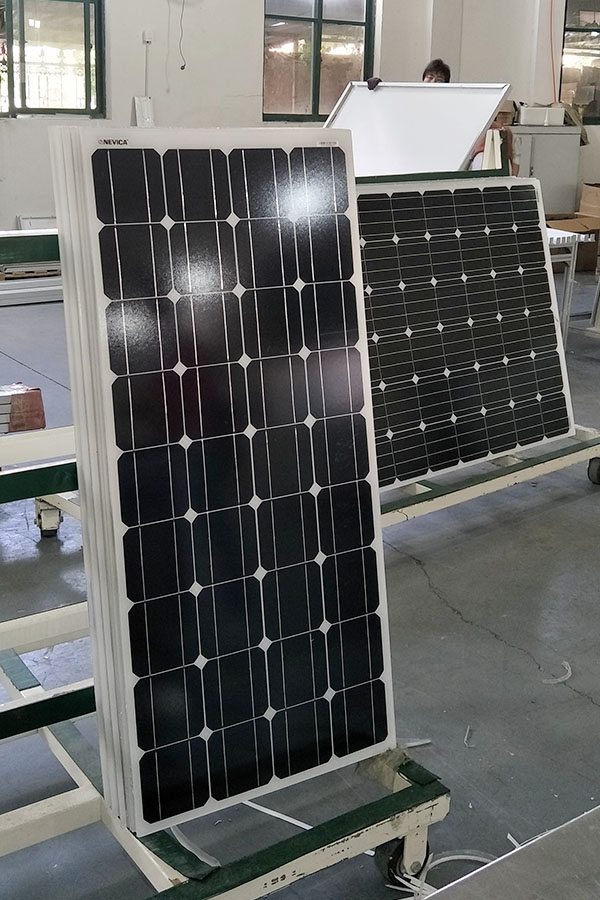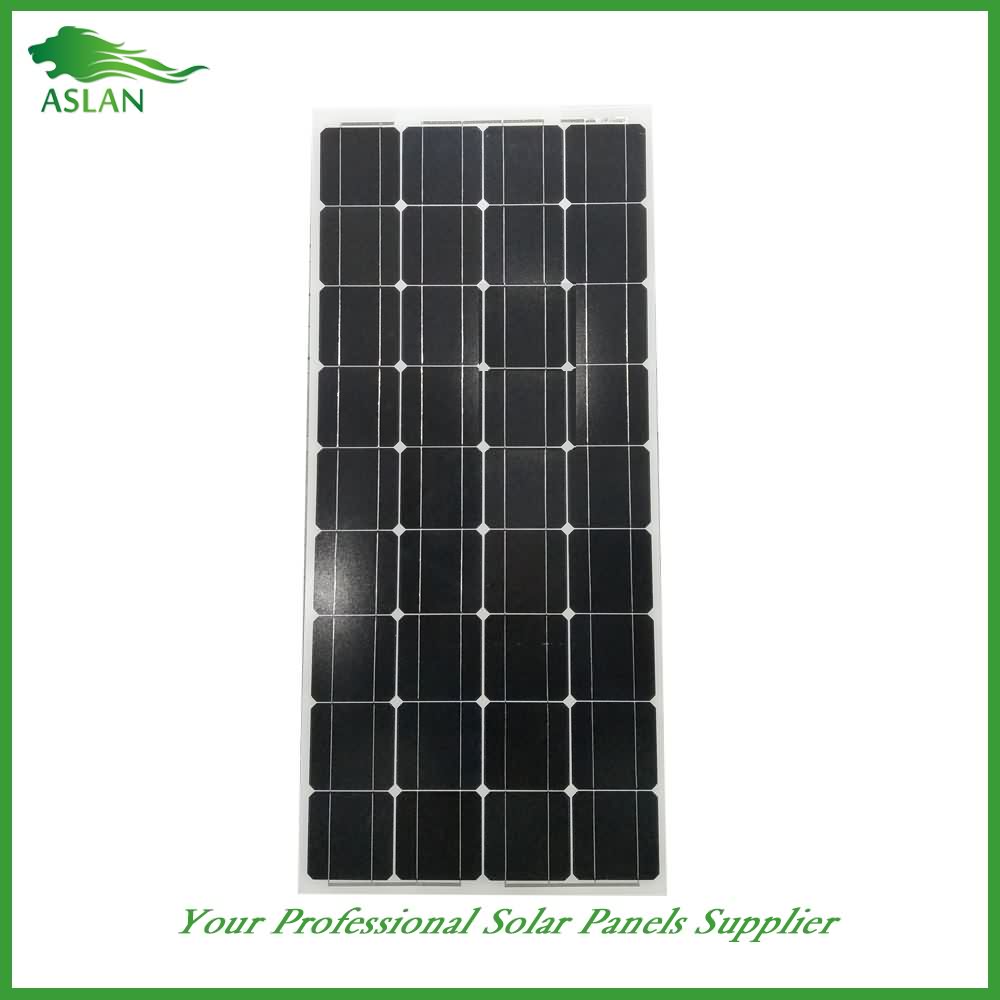Bottom price for Mono-Crystalline 30W Solar Panel Factory for Roman
Short Description:
We will make every effort to be outstanding and perfect, and accelerate our steps for standing in the rank of international top-grade and high-tech enterprises for Bottom price for Mono-Crystalline 30W Solar Panel Factory for Roman, Welcome to visit us at any time for business relationship established.
Mono-Crystalline 30W Solar Panel
Technical parameter
Maximum Power(W) 30W
Optimum Power Voltage(Vmp) 17.66V
Optimum Operating Current(Imp) 1.71A
Open Circuit Voltage(Voc) 21.39V
Short Circuit Current(Isc) 1.88A
Mechanical Characteristics
Cell Type Mono-crystalline 125×41.6mm
No of Cell 36 (4x9pcs)
Dimensions 449x554x25mm
Weight 2.8Kg
Front Glass 3.5mm,High Transmission, Low Iron,Tempered Glass
Junction box IP65 Rated
Output Cable TUV 1×4.0mm2/UL12AWG,Length:900mm
Temperature and Coefficients
Operating Temperature(°C): -40°C ~ + 85°C
Maximum System Voltage: 600V(UL)/1000V(IEC) DC
Maximum Rated Current Series: 15A
Temperature Coefficients of Pmax: -0.47%
Temperature Coefficients of Voc: -0.389%
Temperature Coefficients of Isc: 0.057%
Nominal Operationg Cell Temperature (NOCT): 47+/-2°C
Materials of solar panel
1).Solar Cell——Mono-crystalline solar cell 125*41.6mm
2).Front Glass——-3.2mm, high transmission, low iron, tempered glass
3).EVA——-excellent anti-aging EVA
4).TPT——-TPT hot seal made of flame resistance
5).Frame——anodized aluminum profile
6).Junction Box——-IP65 rated, high quality, with diode protection
Superiority: high quality anodized aluminum frame, high efficiency long life, easy installation, strong wind resistance, strong hail resistance.
Features
1. High cell efficiency with quality silicon materials for long term output stability
2. Strictly quality control ensure the stability and reliability, totally 23 QC procedures
3. High transmittance low iron tempered glass with enhanced stiffness and impact resistance
4. Both Poly-crystalline and Mono-crystalline
5. Excellent performance in harsh weather
6. Outstanding electrical performance under high temperature and low irradiance
Quality assurance testing
Thermal cycling test
Thermal shock test
Thermal/Freezing and high humidity cycling test
Electrical isolation test
Hail impact test
Mechanical, wind and twist loading test
Salt mist test
Light and water-exposure test
Moist carbon dioxide/sulphur dioxide
just a video testing 2 different methods of encapsulating solar cells with EVA laminant. EVA is a clear, thin laminant that can be heated to encapsulate solar panels. Professional companies use it to encapsulate their solar panels by using machines that provide pressure and heat at the same time, to all sides of the panel. This combination allows the EVA to be vacuum-sealed to the solar cells, creating no air bubbles.
This allows long-lasting solar panels that are water and air-tight.
In this video I show you guys two different methods of encapsulating solar cells with EVA.
The first is by making a sandwich (Glass-EVA-Cell-EVA) and heating it. This method proved less effective and allowed large air bubbles to be present in front of the cells.
The second method is by sealing the EVA to the front of the cell and backing the cell with parchment paper to provide a heat-resistant, non-stick surface. The EVA was sealed on to the front of the cell, and then the cell were flipped over and placed on the glass, with the front of the cell already encapsulated. EVA was then sealed to the back of the cell, and to the glass. This method proved more effective as the front was encapsulated just as well as the back, and I will be using this method in making my solar panel.
Here’s a video to present a very simple and correct way to replace the faulty PCB Card of Su-Kam Solar DC System. Yes, you can do it on own your own.
